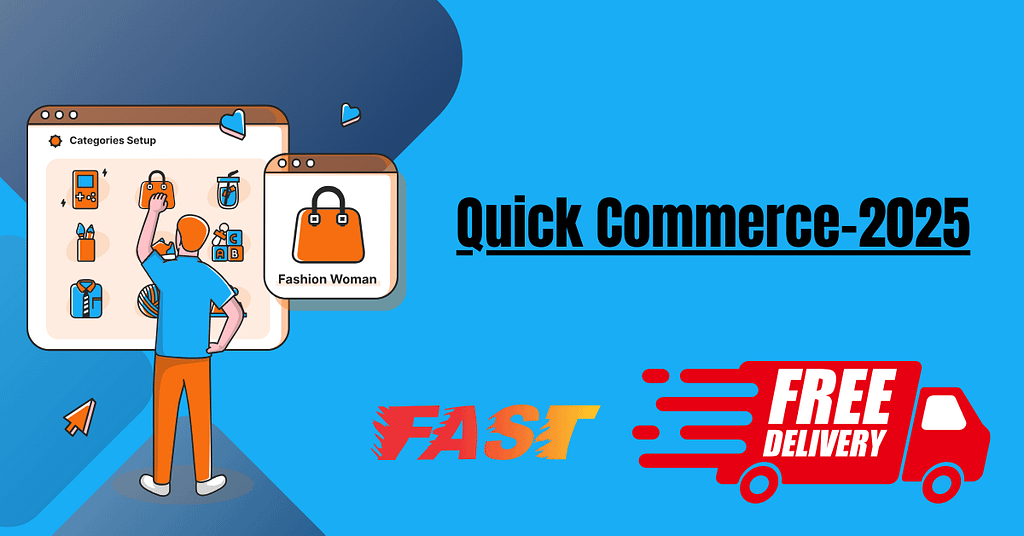The quick commerce industry, driven by the rising demand for instant deliveries, is at a pivotal stage. Companies like Zepto, Blinkit, and Swiggy Instamart have carved niches by offering ultra-fast deliveries in as little as 10 minutes. Urban consumers, especially millennials and Gen Z, are embracing this convenience, turning groceries, essentials, and more into a matter of minutes.
However, behind the success lies a fierce battle. High customer acquisition costs and slim profit margins are testing the sustainability of this model. Many startups are burning through cash to maintain competitive pricing and ensure lightning-fast deliveries. This pressure has led to strategic shifts, including partnerships and acquisitions, as companies look to cut costs and expand their networks.
Moreover, increasing scrutiny over labor practices and environmental concerns is prompting calls for more sustainable operations. The industry’s rapid growth has also attracted interest from retail giants and investors, raising questions about whether this is a sustainable boom or a bubble set to burst.
As the market matures, smaller players may struggle to compete, potentially leading to consolidation. The future of quick commerce hinges on balancing customer satisfaction, operational efficiency, and long-term profitability. The race is on—but will it be won through innovation or survival of the fittest? Only time will tell if this industry represents a lasting shift or a fleeting trend.







